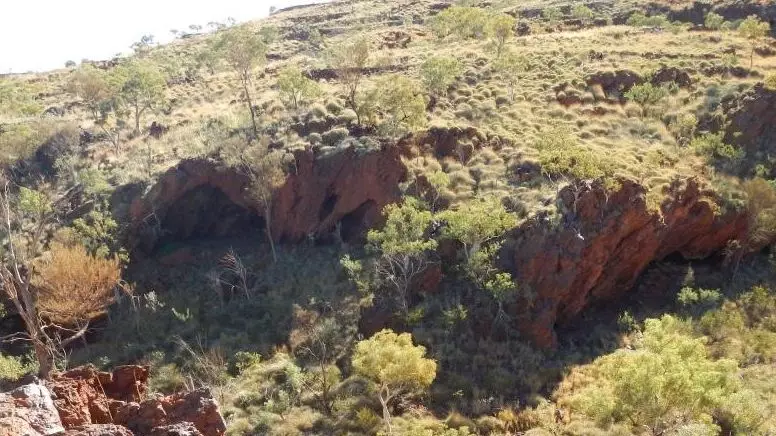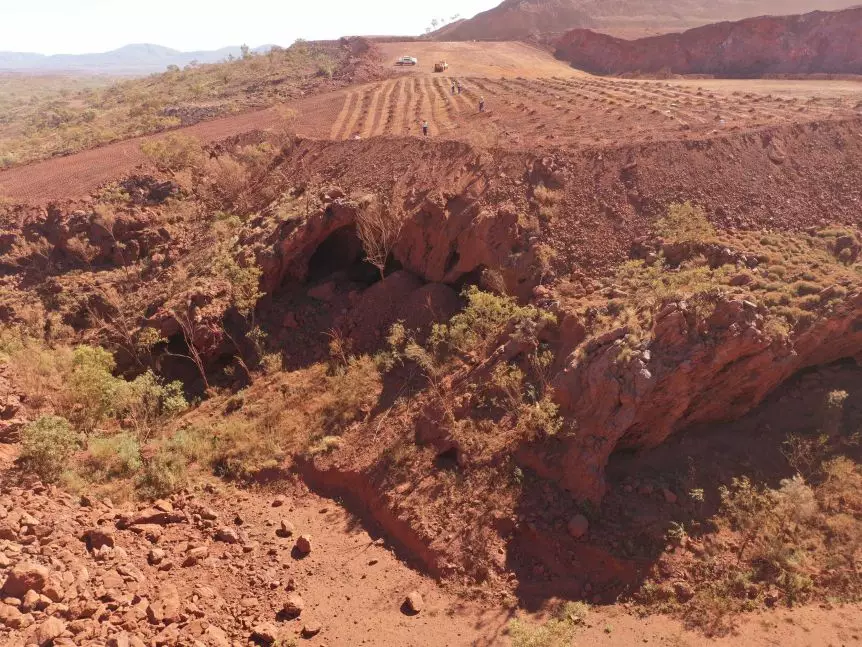
Rio Tinto has moved forward with plans to expand an iron ore mine in Western Australia, which has destroyed a 46,000-year-old Aboriginal site.
The mining company was granted approval to detonate explosives in the western Pilbara region in 2013 despite calls from Indigenous elders claiming the site was culturally significant.
John Ashburton, chair of the Puutu Kunti Kurrama (PKK) Land Committee, said it's a dark day for Aboriginal history.

"Our people are deeply troubled and saddened by the destruction of these rock shelters and are grieving the loss of connection to our ancestors as well as our land," Mr Ashburton said.
Advert
"Losing these rock shelters is a devastating blow to the PKK traditional owners."
"We recognise that Rio Tinto has complied with its legal obligations, but we are gravely concerned at the inflexibility of the regulatory system."
The Guardian reports Rio Tinto was able to secure rights to expand its mine based off 'outdated' laws that were introduced in the 1970s that favoured mining companies.
Juukan Gorge 1 and 2 contained caves that showed tens of thousands of years of occupation and provided a 4,000-year-old genetic link to present-day traditional owners. In 2014, a team of archaeological scientists descended on the site to salvage what could be found in the caves and they discovered evidence that it was twice as old as previously thought.

Among some of the finds inside the caves was a length of plaited human hair that dates back to around 2,000 BCE. It's believed to have been woven together using strains of different people's hair. DNA testing has been able to link the ancient hair to Puutu Kunti Kurrama and Pinikura traditional owners who are living today.
Advert
PKKP director Burchall Hayes told Guardian Australia: "It's one of the most sacred sites in the Pilbara region...we wanted to have that area protected.
"It is precious to have something like that plaited hair, found on our country, and then have further testing link it back to the Kurrama people. It's something to be proud of, but it's also sad. Its resting place for 4,000 years is no longer there."
A Rio Tinto spokesperson confirmed the planned detonation went ahead of the weekend and the company was well within its rights to continue.
"In 2013, Ministerial consent was granted to allow Rio Tinto to conduct activity at the Brockman 4 mine that would impact Juukan 1 and Juukan 2 rock shelters," the spokesperson said.
Advert
"[Rio Tinto] has, where practicable, modified its operations to avoid heritage impacts and to protect places of cultural significance to the group."